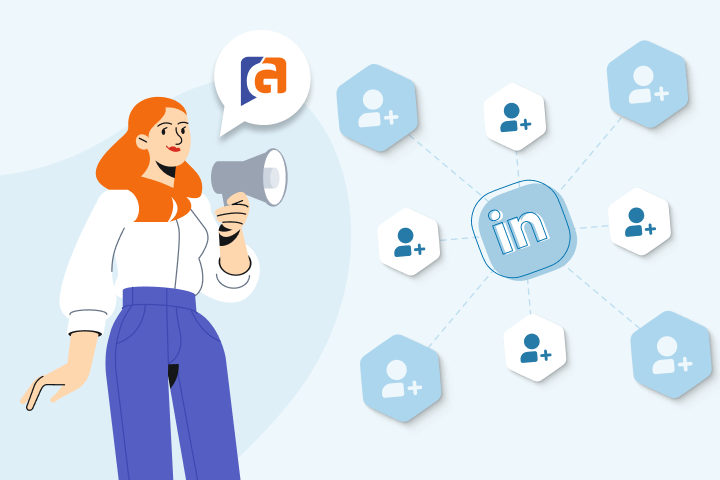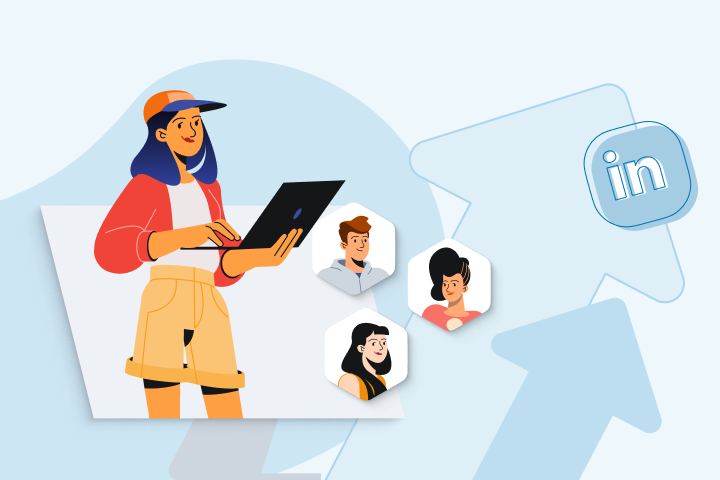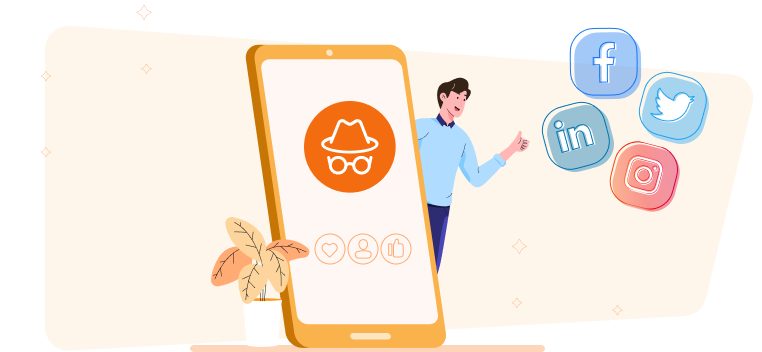Ultimate Guide to B2B Marketing on LinkedIn in 2024
LinkedIn is a great platform for B2B marketers to get their brand in front of key decision-makers, build relationships, and turn connections into customers.
Unfortunately, generating engagement on LinkedIn can feel like pulling teeth.
Even if you follow all of the best practice advice, like consistently posting content relevant to your target audience's pain points, using the right hashtags, and adding eye-catching media, your posts might only generate a handful of likes and comments.
Low engagement is disappointing, but there's also a bigger problem.
If people don't find your content interesting enough to hit a like button, it's unlikely that it will drive revenue for the company.
In this post, we'll walk you through a B2B LinkedIn marketing strategy that will drive engagement, and most importantly, help you build genuine relationships with your target audience at scale and eventually convert them into customers.
Step 1: Optimize Your Profile
Most people know they should optimize the company page by filling out the company bio and adding a branded profile picture and banner image.
This step is undoubtedly important but won't dramatically increase engagement – it's the bare minimum you need to compete on LinkedIn.
The pro tip most companies overlook is helping employees optimize their LinkedIn profiles.
Helping employees build their LinkedIn presence may seem counterintuitive if you're trying to build the brand's LinkedIn presence. However, later in this strategy, we'll show you how to leverage employees to spread brand awareness on the company's behalf (and why it's much more effective than just pushing more content on the company page).
For now, lay the foundation for this strategy by asking your employees to update their LinkedIn profiles with the basics. Basics include a banner image, profile picture, job title, and a description of your brand in the Work Experience section.
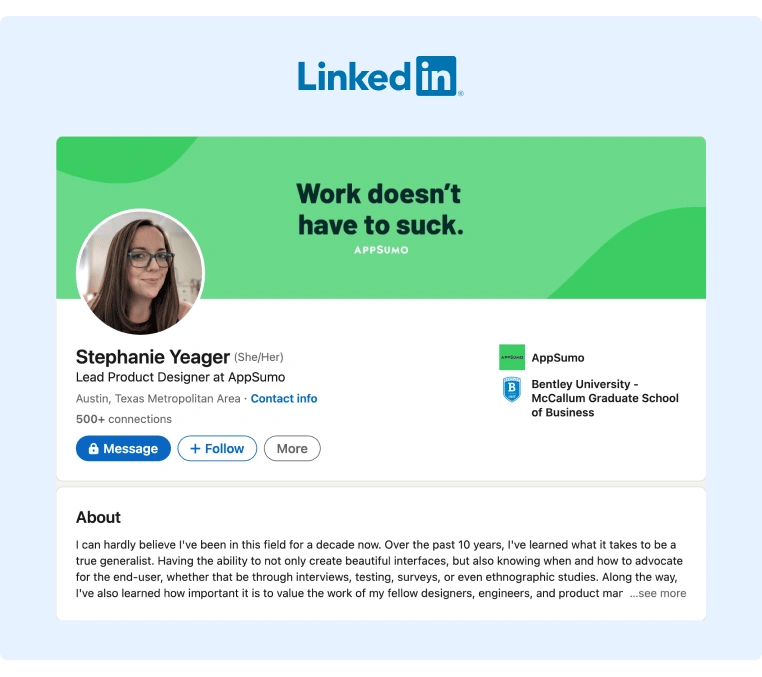
Source: Stephanie Yeager
You can also ask employees to give their co-workers endorsements and recommendations to add credibility.
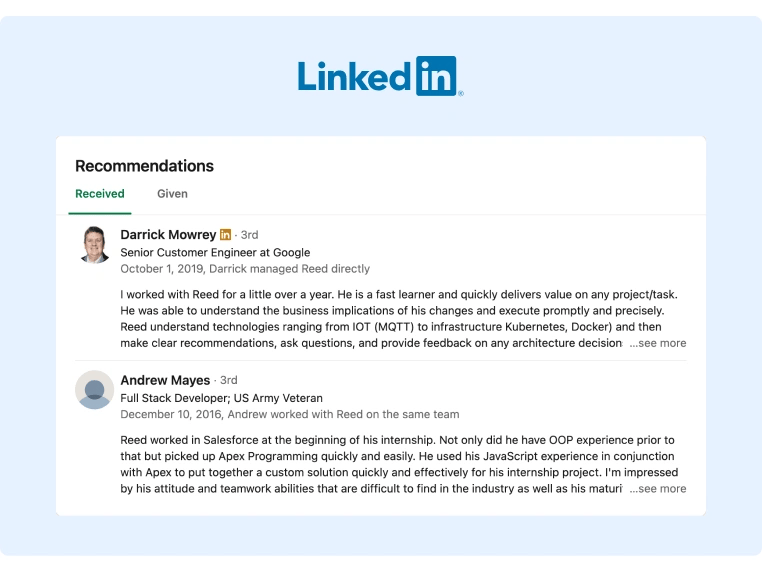
Source: Reed Mershon
Some employees may feel uncomfortable using LinkedIn, so create a video or how-to guide with step-by-step instructions on optimizing their LinkedIn page.
If you don't have time to create a guide, you can send them our tactical guide to building a personal brand on LinkedIn, as it offers step-by-step instructions with screenshots and real examples.
Step 2: Create a Content Marketing Strategy
People won't magically appear on your LinkedIn company page just because it's well-optimized.
You need a strategy to attract potential customers to your company page, and the two main methods are content marketing and cold outreach.
While cold outreach can work in some scenarios, it isn't very scalable as you have to continuously send cold messages to see an ROI. In addition, LinkedIn limits the number of InMail messages you can send.
Chasing potential customers with outreach messages also cheapens your brand image and can leave a negative first impression on prospects.
Instead, we recommend implementing a content marketing strategy.
There are three main benefits of content marketing:
-
It attracts the right customers to you and starts the relationship positively. Here’s why: they're reaching out to your brand for a solution to their problems.
-
It's much more scalable. A single piece of content can reach your entire social network and the networks of individuals who engage.
-
The ROI compounds over time as the LinkedIn algorithm gives more reach to posts with high engagement.
However, the bar for content quality has increased significantly over the past several years. Today, it requires more effort to capture the attention of your target audience.
A few years ago, when there was limited social media content available, providing best practice advice on a particular topic was enough to generate decent engagement.
Today, a generic "best practice" post probably won't perform well.
The good news is that minor tweaks in how the information is packaged can make it a top performer.
To give you an example, here's an outline for a piece of content that, if posted right now, probably wouldn't generate a lot of engagement:

You can still use that topic idea, but make it more interesting by leveraging one of these strategies:
- Create an infographic of an invitation flow.
- Write a case study/personal experience story of an invitation flow you optimized to perform better.
- Offer a downloadable checklist to create a well-optimized invitation flow.
- Take a contrarian stance and write about why most peoples' approach to invitation flows is wrong or common mistakes.
This post is a perfect example of a case study/graphic that takes this exact topic and turned the previously boring post into a highly engaging LinkedIn post that generated high engagement:
Source: Elena Verna
It's also important to think about customer-content fit.
If the goal of your B2B marketing strategy is to build a relationship with prospective customers at scale, the content you produce should discuss pain points your company solves for customers.
For example, if you sell email marketing software, most of the LinkedIn content you produce should focus on email marketing pain points that your customers frequently mention.
While memes and funny videos might generate more engagement than a case study, those memes won't help strengthen your relationship with potential prospects or solidify your brand's image as an industry leader.
That doesn't mean you should never post (relevant) memes, but they shouldn't be the bulk of your social media marketing strategy.
Now that you have high-quality content, apply all of the best practice advice for crafting a top-performing LinkedIn content strategy:
- Post consistently (ideally four or five times per week).
- Add relevant hashtags.
- Repurpose (or directly repost) top-performing content.
- Respond to comments and engage with your audience.
Step 3: Incorporate Employee Advocacy
A common misconception many B2B marketers have is that you'll naturally earn a lot of engagement if your content is excellent.
That was true a few years ago when LinkedIn users were starving for quality content.
Today, it's gaining traction that can be challenging, even if your content is excellent.
This is because posts that receive a lot of engagement within the first few hours of publication tend to receive more organic reach and therefore earn even more engagement.
Unfortunately, the opposite is also true – if your post receives minimal engagement in the first few hours of publishing, LinkedIn assumes that your content isn't valuable and decreases its organic reach.
To help you gain traction faster, ask your employees to engage with it as soon as it's published. Your employees' initial engagement will help the content gain traction, which will help it earn more organic reach from the LinkedIn algorithm.

GaggleAMP’s Social Publishing Module gives you the ability to have employees engage with a branded social media post as soon as it is published.
Your employees' networks also see the content those employees engage with (like, comment on, share, etc.), so the content will receive additional organic reach.
Asking employees to engage with branded content and act as brand ambassadors is called employee advocacy. We've found it is one of the easiest and most cost-effective ways to significantly boost engagement on social media platforms.
Employee-shared content also often outperforms sponsored content because people trust their friends' recommendations more than branded content. So, not only can employee advocacy increase reach, but the reach is also higher quality.
In addition to sharing company content, another employee advocacy strategy is asking employees to write their own LinkedIn posts promoting brand initiatives.
For example, if you have a new job opening on the team, you can ask employees to create a post promoting that job opening. Here’s a great example of employee advocacy where an employee shared a company announcement and added a hiring pitch into the post:
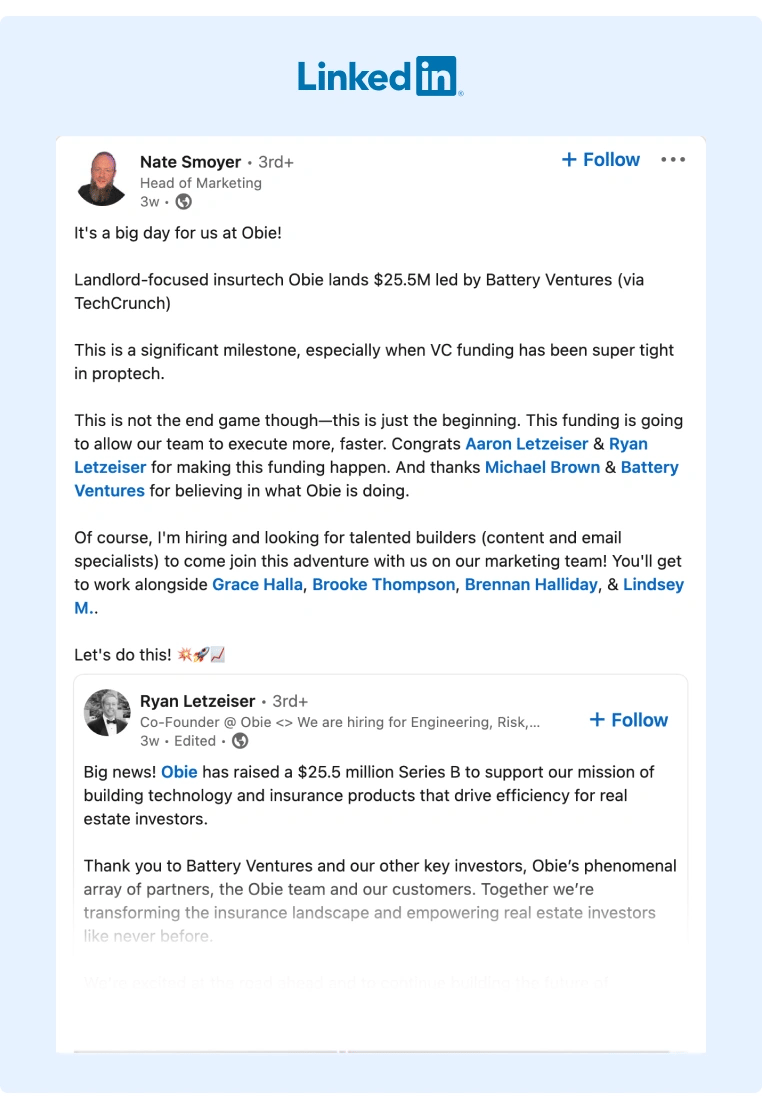
Source: Nate Smoyer
Alternatively, you could also ask them to share their favorite aspect of working at your brand. Here’s a great example of this form of employee advocacy:
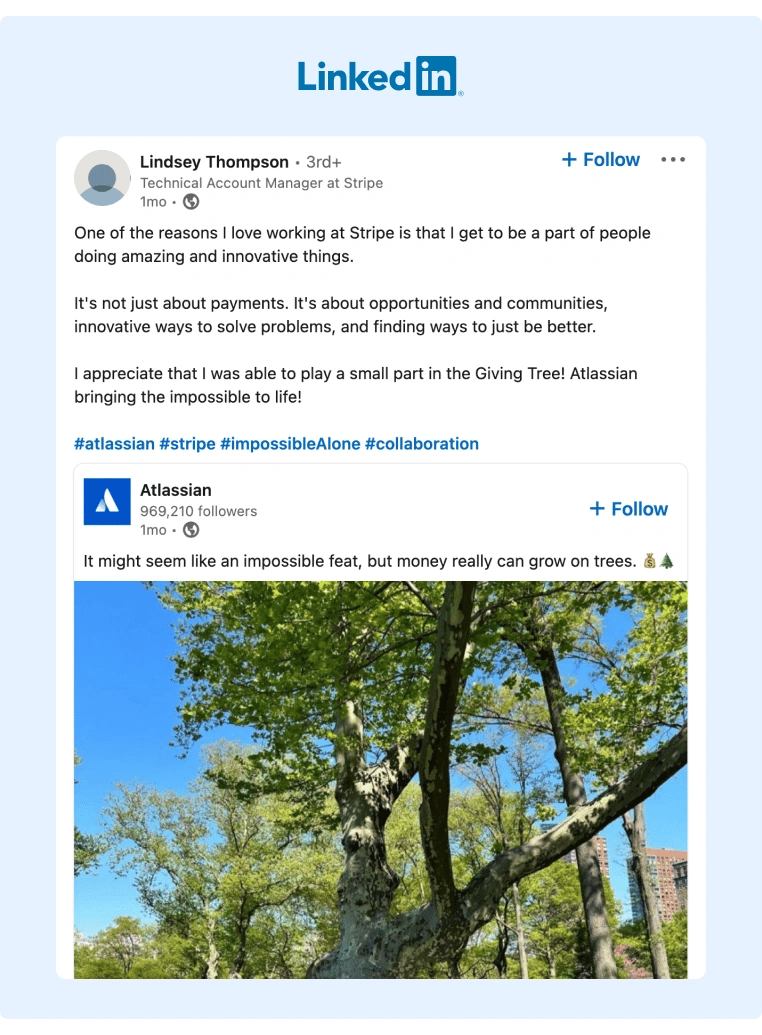
Source: Lindsey Thompson
To take employee advocacy a step further, ask employees to engage with their colleagues’ posts. In this great example, an employee reshared the founder’s post about a company announcement:

Source: Alejandro Roman
So, if employee advocacy is so effective, why isn't everyone incorporating it into their LinkedIn strategies?
Organizing and executing an employee advocacy program can be challenging.
At first, most employees will oblige your engagement requests, but engagement may drop off over time.
It's also time-consuming to log into social media several times weekly to comment or engage with a post, and employees have other important to-dos.
In addition, if you're manually emailing/Slack messaging the entire company and just asking them to engage with any post, they have the additional burden of finding and selecting a relevant post to engage with.
To make it easier for managers to assign relevant engagement tasks to employees at scale, we built GaggleAMP.
As a manager, you can select one of the LinkedIn engagement activities (like, comment, share, etc.) and then customize it with a link to a specific post or specific instructions on what to say.
When the activity is complete, you can assign it to a particular employee or group of employees (i.e., the marketing team, executive team, etc.).

When you assign an activity, employees receive a notification, and they can complete the activity inside the platform and schedule it to publish at a future date/time.
This makes it easy for employees to complete all of their engagement activities in one sitting, and they don't have to remember to log into LinkedIn several times per week to engage with your content.
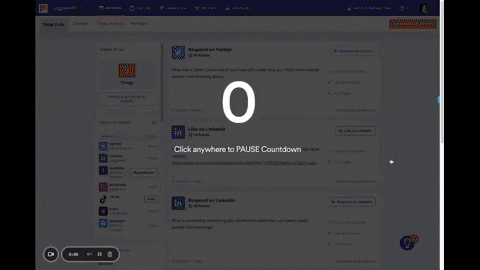
By making it easier and less time-consuming for employees to participate in the employee advocacy program, the strategy is much more likely to succeed.
GaggleAMP also offers a public leaderboard that ranks employees by their engagement efforts. This is a fun way to encourage engagement, and it also allows you to reward employees for their efforts.
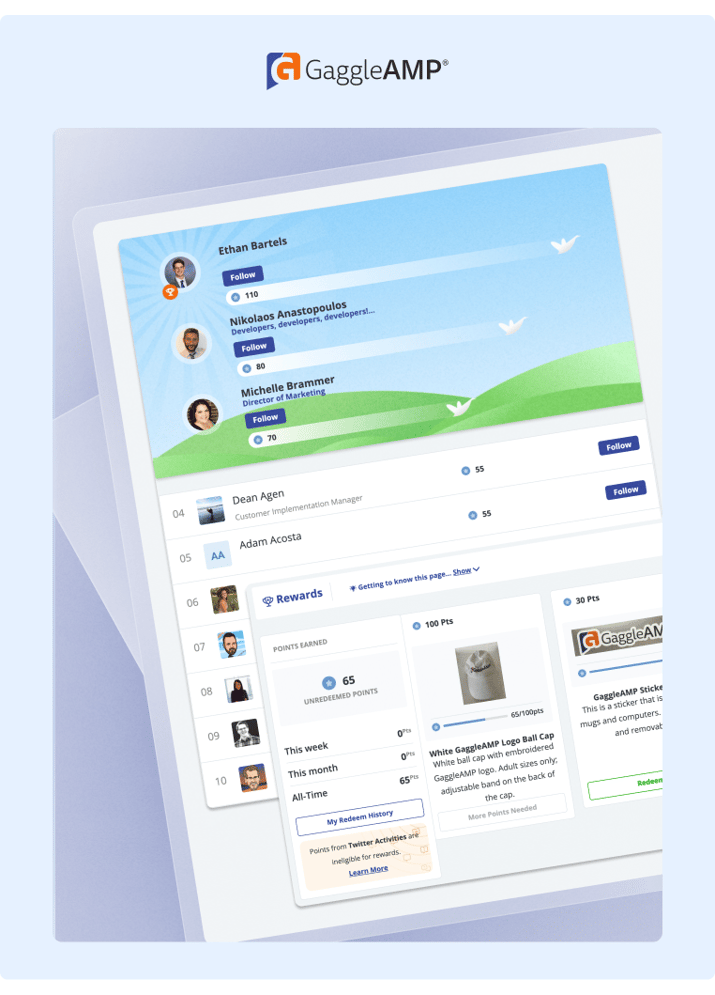
You can also track the ROI of your employee advocacy efforts in GaggleAMP's analytics dashboard. It gives you an overview of critical metrics, like the top-performing employees, posts, channels, and content, so you can use those insights to improve your employee advocacy strategy.
The Benchmark Report is also useful as it shows you how well your program is performing compared to other companies of a similar size.
Step 4: Collaborate With Influencers
One of the easiest ways to get in front of your target audience is to partner with an influencer that already has their attention.
While you can pay an influencer to promote your product or service, some other low-cost, yet highly effective options to collaborate with influencers include:
- Podcast collaborations.
- Cross product promotions.
- Co-hosting webinars.
- Tagging an influencer/lessons learned from the influencer.
The first step to collaborating with influencers is to create a list of potential influencers. Remember that influencers can be individuals with strong personal brands or executives at other B2B companies.
Here's an excellent example of a marketing consultant who started a podcast and has relied heavily on guests with strong personal brands, like Rand Fishkin, to generate awareness for his consultancy.
Source: Stephen White
The key to making influencer collaborations mutually beneficial is to ensure you work with other brands/individuals with a similar audience size.
If you currently don't have an audience, a great way to build your audience is to break down an influencer's strategy/story and key takeaways. As a result, most influencers will engage and share it with their audience, which helps you generate more brand awareness.
You can post this content on the branded account or ask executives to do it from their LinkedIn account.
Even if you don’t do a full breakdown, you can mention something that you learned (or “stole”) from that brand or influencer and tag them. Here’s a great example:

Source: Mary Keough
Finally, look for influencers already using your product and ask if you can interview them. For example, YouTube star MrBeast hosts his stores on Shopify and offered to do an exclusive interview with their team:
Source: Shopify
Influencers want to create as much content as possible, and many are more accessible than ever before. The caveat: they will be accessible as long as you allow them to repurpose the content on their channels.
Step 5: Run LinkedIn Ads
Until now, all of the growth strategies we've discussed are organic, but LinkedIn ads can be an excellent way to get your marketing message in front of a new relevant audience and gain some initial traction.
Running LinkedIn ads is a broad topic, and you can read HubSpot's complete guide to getting started with LinkedIn ads. However, we wanted to share a few of our favorite methods to leverage LinkedIn ads for lead generation and brand awareness.
First, consider running retargeting ads. Most people don't convert into customers on their first interaction with your brand, so retargeting ads are a great way to build relationships.
Otherwise, you won't see a positive ROI from your LinkedIn ads if you constantly target new customers and initiate first-touch interactions without following up.
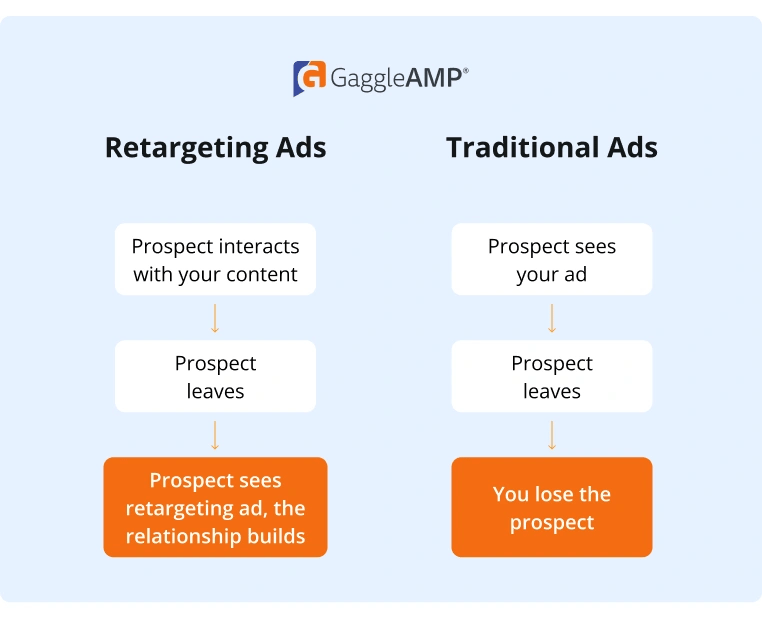
Here's a complete guide to setting up retargeting ads. As you set up your ads, the most important decision will be deciding the audience you want to retarget. You have a handful of audience targeting options, including:
- People that interacted with content on the company page.
- People that filled out a lead gen form.
- People that viewed a video ad.
- People that visited a specific page on your website.
If your goal is increasing B2B sales, running account-based marketing (ABM) campaigns is another excellent LinkedIn ad strategy.
While LinkedIn allows you to specify the audience you want to target, it isn't always completely accurate or specific enough, so you might waste some of your budget advertising on people who aren't in your target audience.
Therefore, you can use a tool like ZoomInfo, Apollo.io, or even your ABM platform to help create a list of specific companies you'd like to target. Then upload a list of the key decision-makers that mirror your ABM efforts through a LinkedIn ad campaign.

This allows you to ensure that each person you're targeting is your ideal customer, which minimizes wasted ad budget.
While LinkedIn ads are an excellent tool to boost your marketing efforts, it's important to realize that there is a learning curve. You'll have to test different ad formats and styles to find what works best for your goals and audience.
Leveling Up Your B2B Marketing on LinkedIn
Growing your LinkedIn following isn’t just about making a few minor optimizations to your posts, like adding the right hashtags or improving the hook of your post.
Sure, optimizations can boost engagement, but that can only help you generate more engagement from your existing audience. If you want to see exponential growth, the key is to tap into a new audience.
This is why we actively utilize partnerships, influencer marketing, and employee advocacy. We find employee advocacy particularly valuable as you don’t have to pay employees to post about your company, and they clearly believe in your mission as they've already dedicated most of their waking hours to your brand.
If you want to learn how to run an effective employee advocacy program, schedule a demo of GaggleAMP today!






